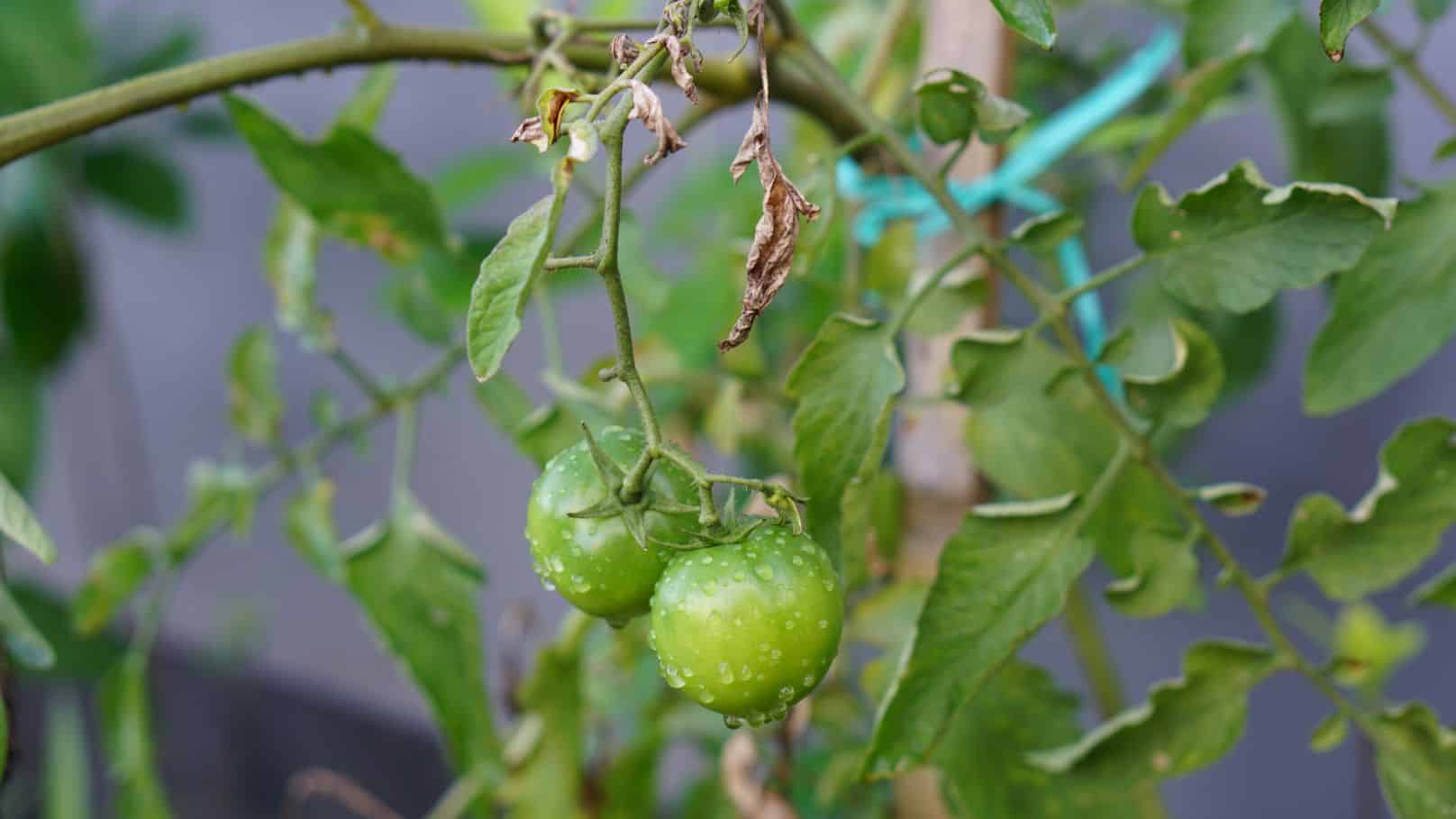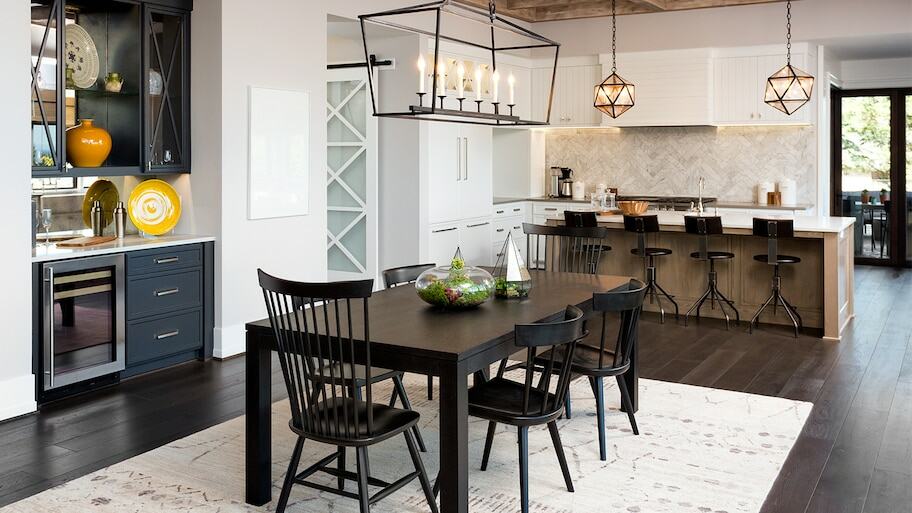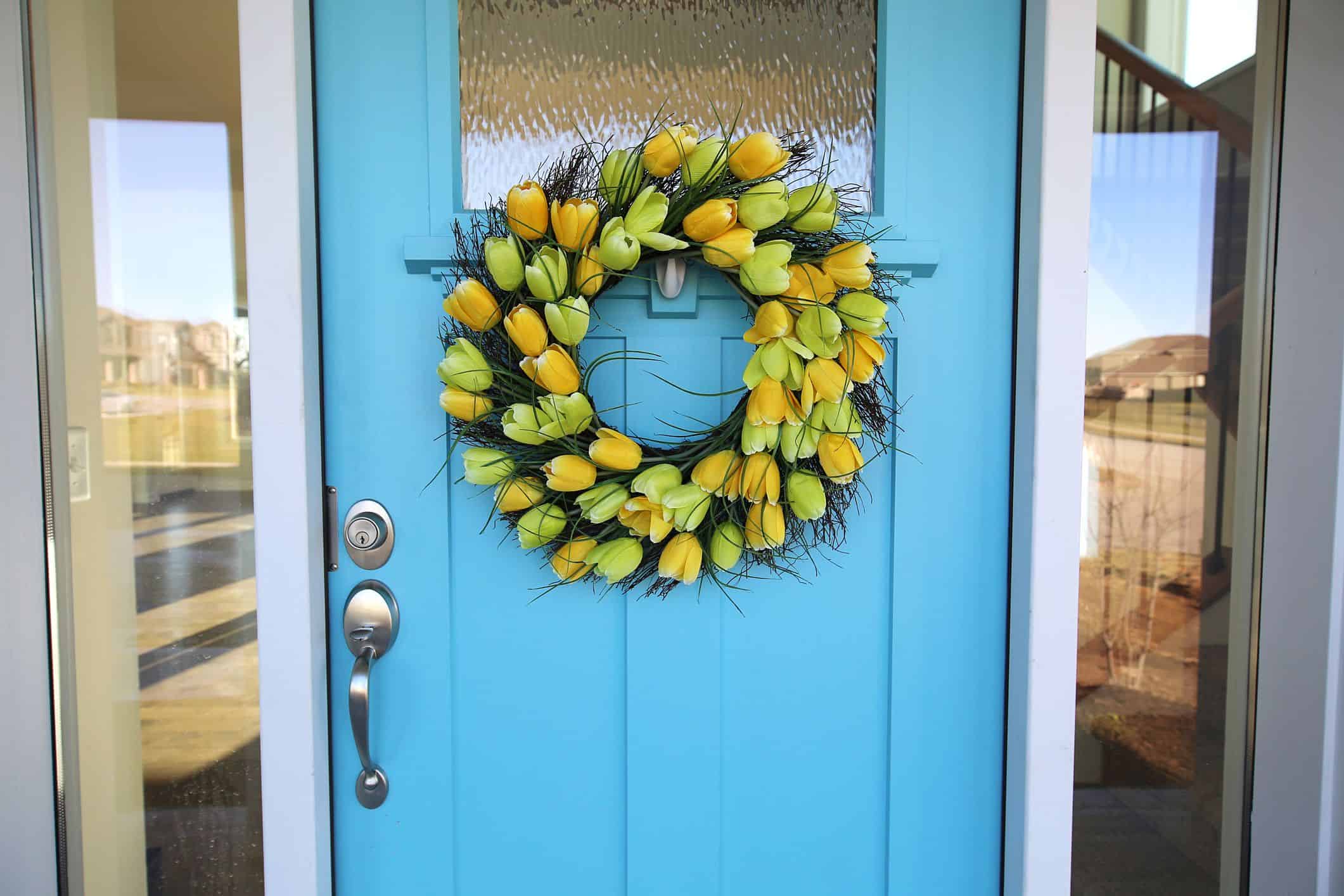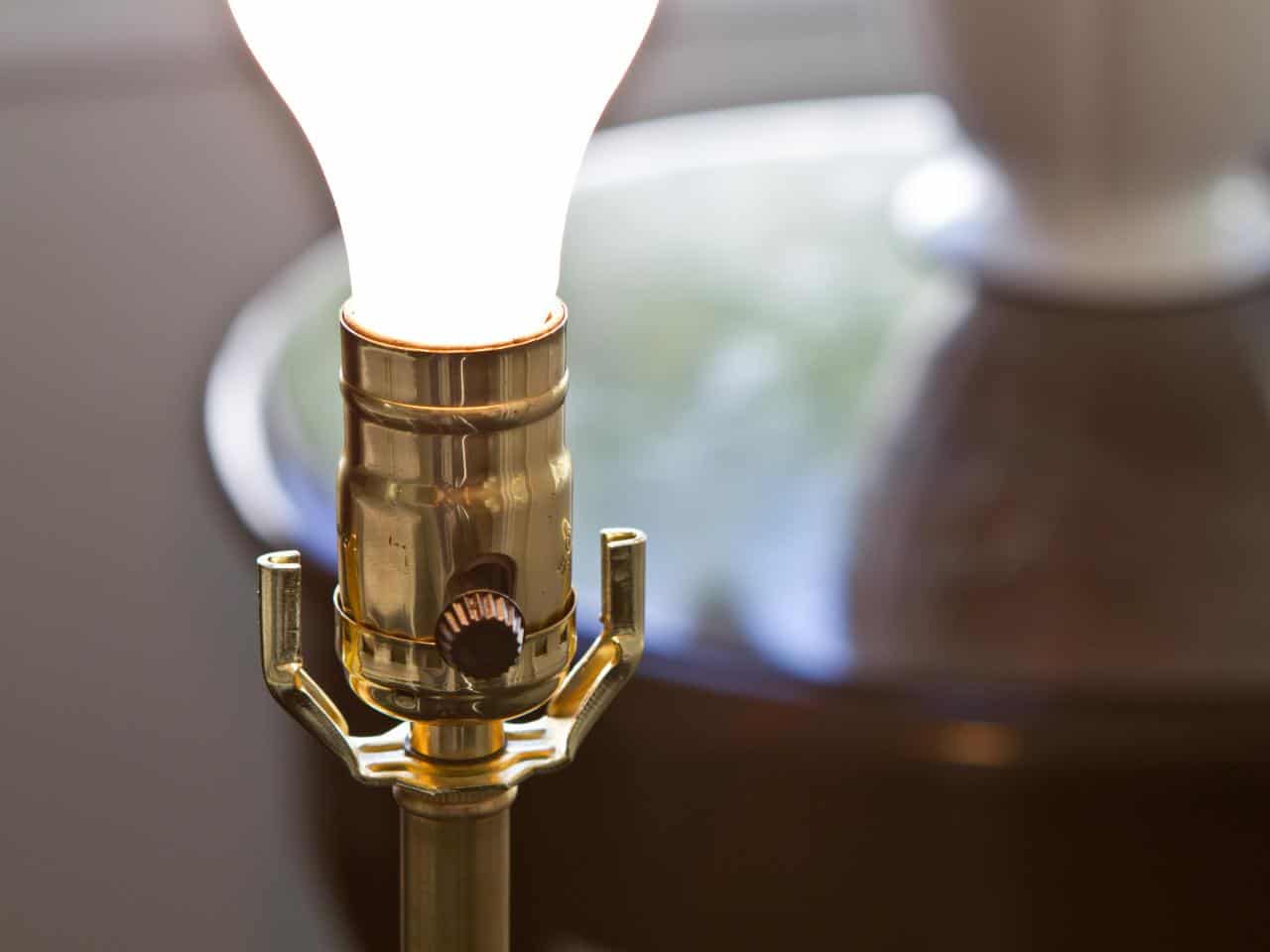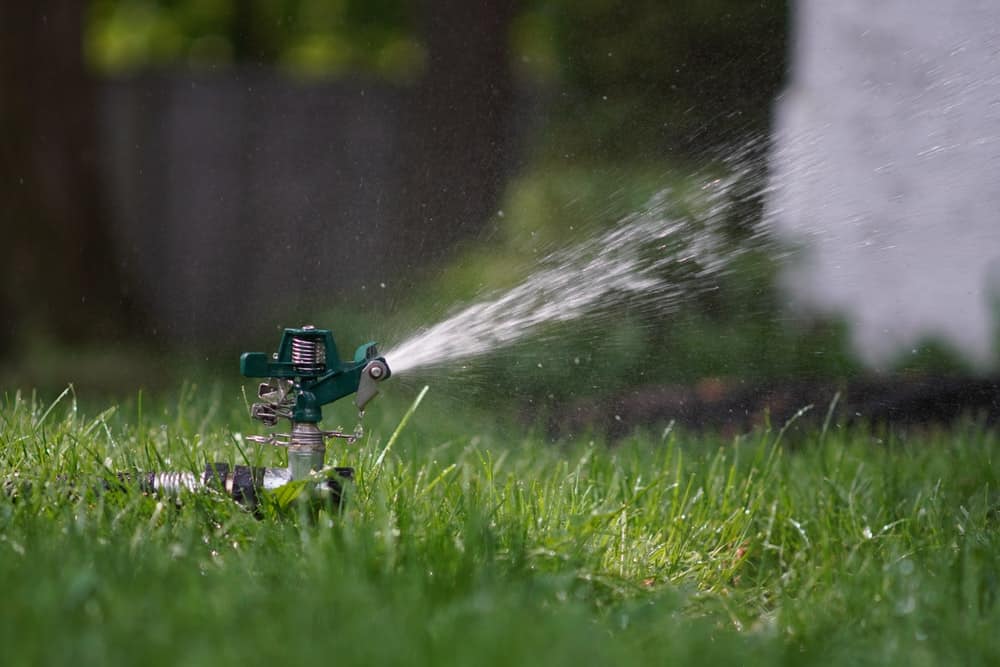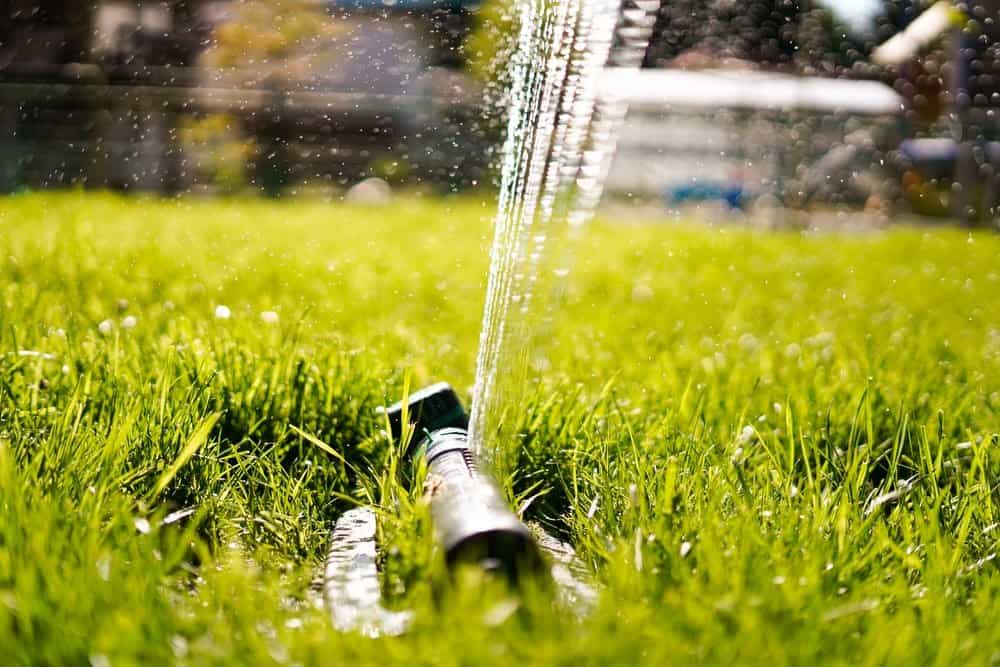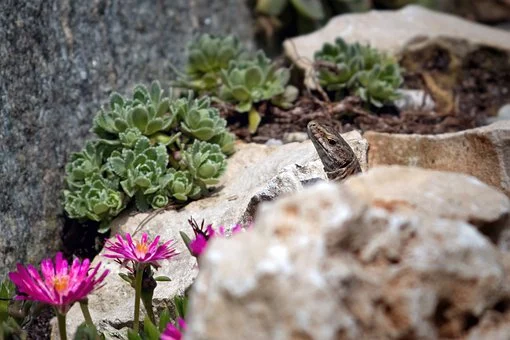Tomatoes are sweet and healthy fruits you can incorporate into a plethora of recipes. You may save money by planting your tomato plants, especially when you need organic tomatoes for your family. But, to choose this route, it is imperative that you understand the best temperature ranges for growing healthy tomatoes. So, how much cold can tomatoes tolerate?
How Much Cold Can Tomato Plants Tolerate?

Image source: dengargen.com
As warm weather plants, tomato varieties can only survive and yield healthy fruit in temperatures between 55°F and 75°F, according to this Penn State University article. When the temperatures drop or rise above this range, your plants will start focusing on survival, so you will not get any good yield, and that is if the plants survive. In terms of cold weather, tomato plants will start struggling when temperatures dip below 55°F
That said, exposure to cold weather does not always mean the plants will die. The length of cold weather exposure and how low the temperatures get determines how fast your plants can wilt and die. If you target a good fruit yield, it is best to understand the following low temperatures and how they can affect the growth of your tomato plants.
a) What’s the lowest temperature for tomato plant survival?
Tomato plants will likely survive above-freezing temperatures over 32°F. However, if the temperatures drop below 32°F, your tomato seedlings will freeze and die. If you have mature tomato plants, this cold temperature will also damage the leaves and stems, and you start noticing them get darker only to later wilt and brown.

Image source: thrivingyard.com
At this point, your plant cannot produce any tomato fruit set. If any had formed, they would be exposed to a myriad of tomato diseases like catfacing before eventually dying.
b) What will happen to tomatoes in temperatures between 32°F to 40°F?

Image source: plantvillage.psu.edu
Most tomato plants will survive temperatures between 32°F and 40°F. However, the plants will fail to produce fruit due to chilling injury. With the chilling injury, your young tomato plants will face stunted growth, so they won't produce fruit.
If you have mature tomato plants, the fruits will also start pitting. In addition, most harvested tomato fruits can also suffer chilling injury if stored in these cold temperatures.
c) What will happen to tomatoes in temperatures between 40°F to 50°F?

Image source: garden.stackexchange.com
In these temperature ranges, your tomato seedlings can survive and even produce yield. However, the fruits will be fewer as it is hard for the plants to produce enough pollen, and the cool nighttime temperatures will prevent photosynthesis.
In this temperature range, you will also likely notice some fruit catfacing and other tomato diseases such as leaf necrosis, yellowing, wilting, and poor root development.
d) What will happen to tomatoes in temperatures between 50°F and 55°F?
The tomato plants exposed to these temperatures temporarily can thrive and produce yield. However, prolonged exposure will likely lead to unhealthy tomato leaves and widespread tomato catfacing.
If your plants were doing well in warmer temperatures before the temperatures dropped, it is best to start protecting them with row covers to keep them healthy.
If your harvested tomatoes are exposed to temperatures between 50°F and 55°F, you will likely deal with vivipary. This condition prompts the seeds inside the fruit to start sprouting due to an absence of abscisic acid.
How Can You Maintain Warm Temperatures for Tomatoes?
As mentioned above, tomato plants survive in warm temperatures between 32°F and 55°F. If you want to get good yields, it will be best to maintain these temperatures, and if your plants get exposed, make sure the exposure is temporary. Here is how you can maintain the best warm temperatures for growing healthy tomatoes.
a) Use row covers for protection on cold nights

Image source: canr.msu.edu
If you suspect your tomatoes will be exposed to cold weather, the best move is to protect them with row covers. Row covers are semi-transparent and flexible sheets you can use to keep tomato plants warm.
You can use these covers to protect tomato plants if temperatures threaten to dip for a night since this is when temperatures are generally lower. However, these will not be very helpful in extremely cold weather that lasts more than a few days. If the cold season is officially kicking in, it may be time to harvest your mature tomatoes since it will be harder to protect them in the garden.
b) Plant the most suitable tomato varieties
Besides protecting tomato plants during cold temperatures, it might also be a good idea to understand the varieties you can plant. Doing so will determine how likely the plants will thrive in your hardiness zone.
For example, if your area has a long cold season, it may be best to plant cold-tolerant tomato varieties that also mature fast. Some of these varieties include the Cold Set tomato, which grows and ripens in 65 days, and the Polar Baby tomato, which ripens in 60 days.
c) Plant fast-maturing tomato varieties
Fast-maturing tomato varieties can also help you beat the cold season if you need to grow organic tomatoes in the garden. Some varieties like the Siberian heirloom tomato and the Tiny Tim tomato can thrive in temperatures below 50°F while producing yield in 48 and 45 days, respectively.
d) Understand the soil temperatures when planting
As you may pay close attention to the climatic conditions you plant tomatoes in, it is equally important to ensure the soil is warm enough not to kill tomato plants. If you grow tomato seedlings indoors when starting, it will be best to maintain the soil temperatures between 65°F and 85°F.
When growing tomato plants indoors, ensure you provide enough nutrients and natural or artificial light. If you plant them near a window, ensure the weather outside is not cold to prevent premature death.
e) Transplant your tomato plants when there is no chance of frost
After germinating your tomatoes indoors, it is best to understand the weather before transplanting the seedlings outdoors. For this, you can keep up-to-date with your area's short and long-range weather patterns.
If the forecast says it will be colder outside, it may be best to keep your plants indoors a little longer. However, suppose the forecast does not help you determine the last frost date. In that case, you can gradually expose the seedlings to colder temperatures, ideally not below 50°F, to allow them time to adapt to cold weather.
f) Use a greenhouse or a cold frame to protect tomato plants outside

Image source: gardeningknowhow.com
A cold frame works the same way as a greenhouse; it is a structure that protects your tomato plants from extreme weather conditions, including cooler temperatures.

Image source: Pinterest
In either case, use thermometers to observe the daytime and nighttime temperatures. When the nighttime temperatures rise above 55 degrees Fahrenheit, it may be time to transplant all the tomato plants outdoors.
If the nighttime temperature drops to less than 50°F, it will be best to close off any ventilation at night to maintain warm temperatures. Still, you will need to observe the temperatures to ensure they do not rise very high to affect the tomatoes negatively.
Featured image source: thespruce.com

